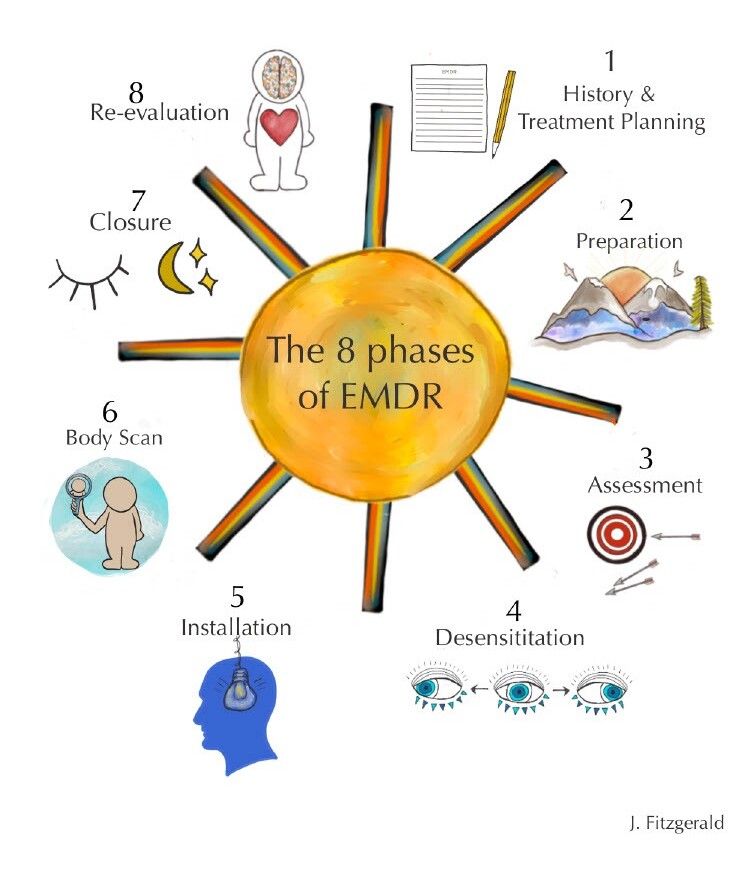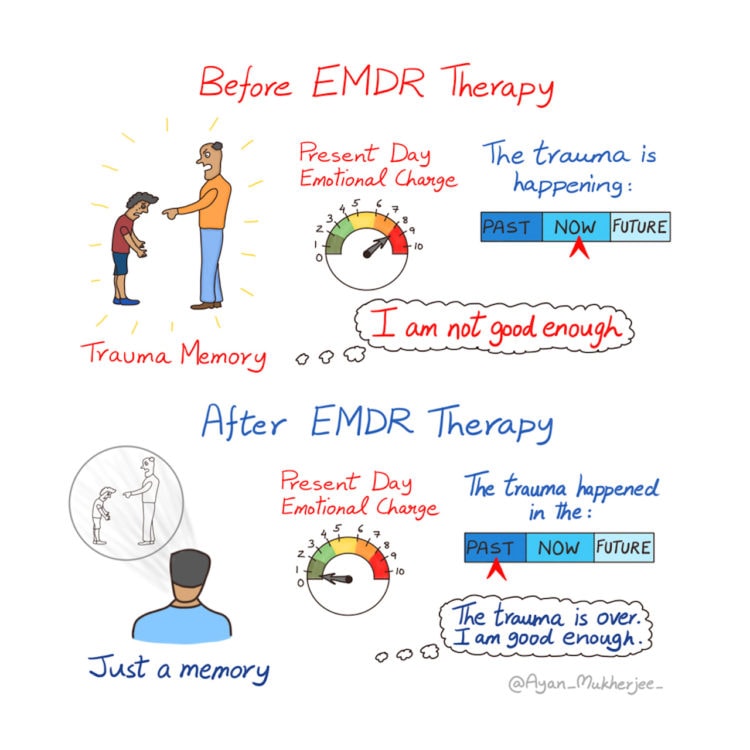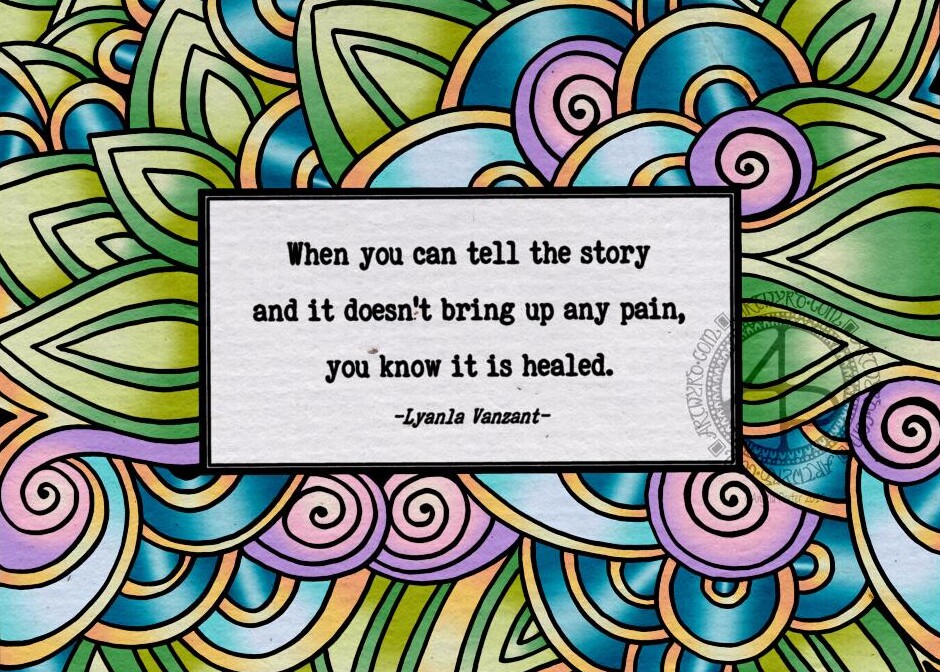What is EMDR?
 Eye Movement Desensitization Reprocessing Therapy (EMDR), is an evidence-based therapy that is known for treating various types of trauma and PTSD. It was developed by
Eye Movement Desensitization Reprocessing Therapy (EMDR), is an evidence-based therapy that is known for treating various types of trauma and PTSD. It was developed by
Dr. Francine Shapiro in the late 1980’s. EMDR is known to be extremely effective in reducing the disturbing images, intense emotions, distressing physical sensations, and negative beliefs that develop as a result of exposure to traumas such as war, natural disasters, abuse, assaults, accidents, and more. Over the years, we have come to realize that EMDR is also very helpful in treating other distressing incidents and presenting issues such as bullying, divorce, grief and loss, medical traumas, negative patterns, low self-esteem, sleep disturbances, addictions, anxiety, depression, fears, “stuck” thinking, and more. EMDR heals the nervous system which in turn makes it possible for clients to thrive rather than just survive.
EMDR is an 8 phase treatment approach that includes: gathering history, preparation for the work, assessment of the therapeutic target by identifying important aspects of it, gentle desensitization of the distressing material, installation of new more adaptive beliefs, scanning the body to make sure physical tension associated with the distressing event has resolved, closure that ensures the client is feeling good before leaving the session, and re-evaluation to make sure all of the distressing material has resolved.
How Does EMDR Work?
EMDR is based on the fact that the brain has a natural ability to reprocess and make sense of unpleasant events so they don’t have a lingering effect on a person. We can think of this as “re-filing” a negative experience along with more adaptive information so the impact is different. But occasionally making sense of a distressing event gets “stuck” causing a person’s nervous system to feel like the distressing event is still happening now. When this happens, a person can become easily triggered by present situations that are actually linked to events from the past. Intense emotions, upsetting images, uncomfortable sensations, and negative beliefs can appear instantly leading to distress. EMDR resumes the brain’s natural healing process so the client can move past the trauma and finally experience relief.
Known for its powerful approach to healing, EMDR is rather different from traditional “talk therapy”. For example, EMDR doesn’t require recounting all of the details from the traumatic event. Instead, an EMDR therapist skillfully guides the client through recalling distressing memories for just 30 seconds at a time weaving in positive resources that have been developed beforehand. This method feels much safer to clients. Another hallmark feature of EMDR is something called bilateral stimulation (BLS). While processing the unpleasant material BLS, such as back and forth eye movements; taps; or tones are incorporated. Bilateral stimulation literally means stimulation of both sides and is important because it gently “awakens” both sides of the brain to support the reprocessing and “re-filing” of upsetting memories. BLS also allows the client to focus on the past event while keeping partial awareness in the present moment. While BLS may sound strange, most clients find it very pleasant.
EMDR with children is provided through the use of developmentally appropriate approaches that are more playful and engaging such as art, Sandplay, puppets, and child friendly language. At times it is recommended that the parents attend sessions with a child client. BLS and the 8 phases of treatment are still vital aspects of EMDR with younger clients.

EMDR Results
 At the end of an EMDR session some clients report feeling tired, fuzzy, lighter, energized, more clear, and more. It is always recommended that the client take steps to practice extra good self-care after a session.
At the end of an EMDR session some clients report feeling tired, fuzzy, lighter, energized, more clear, and more. It is always recommended that the client take steps to practice extra good self-care after a session.
Once EMDR Therapy is complete most clients report a significant reduction in or an elimination of distressing images, emotions, and body sensations. This healing process results in an improved sense of self that translates into healthier patterns and behaviors overall which greatly improves the quality of life.

